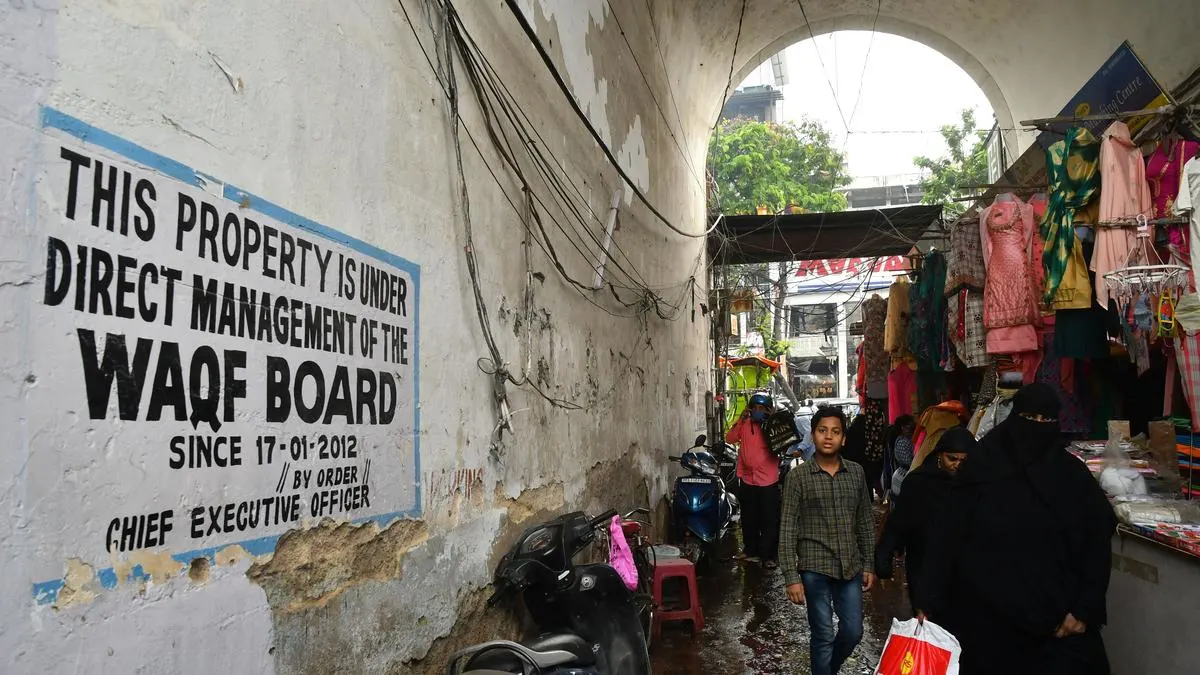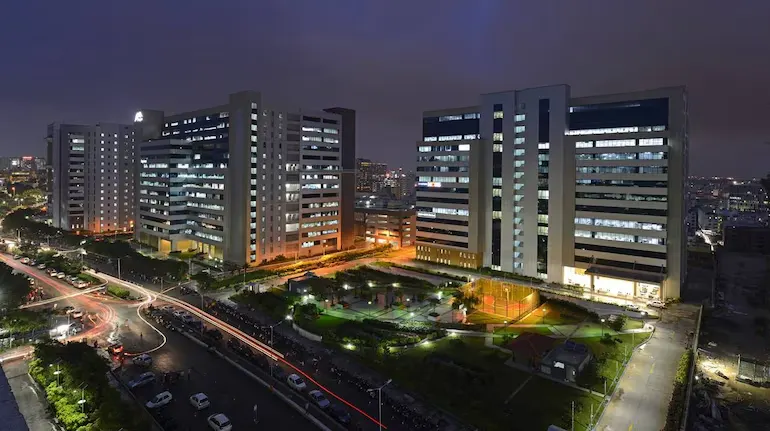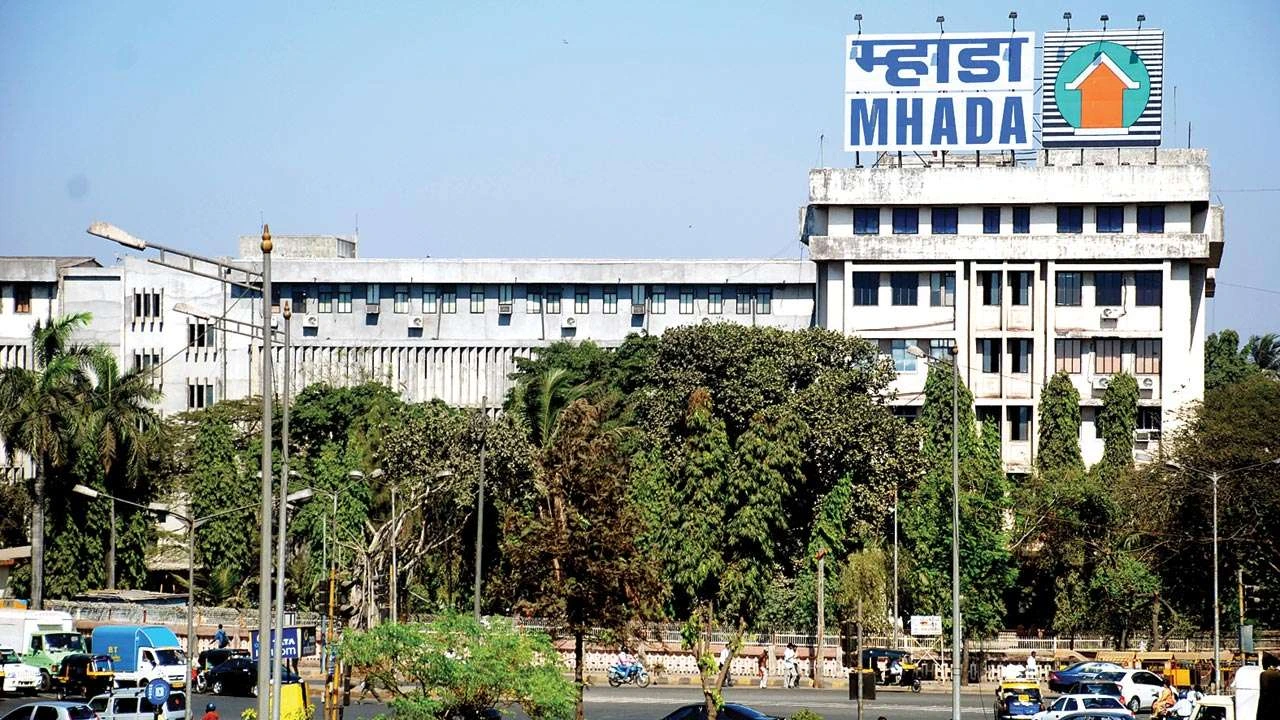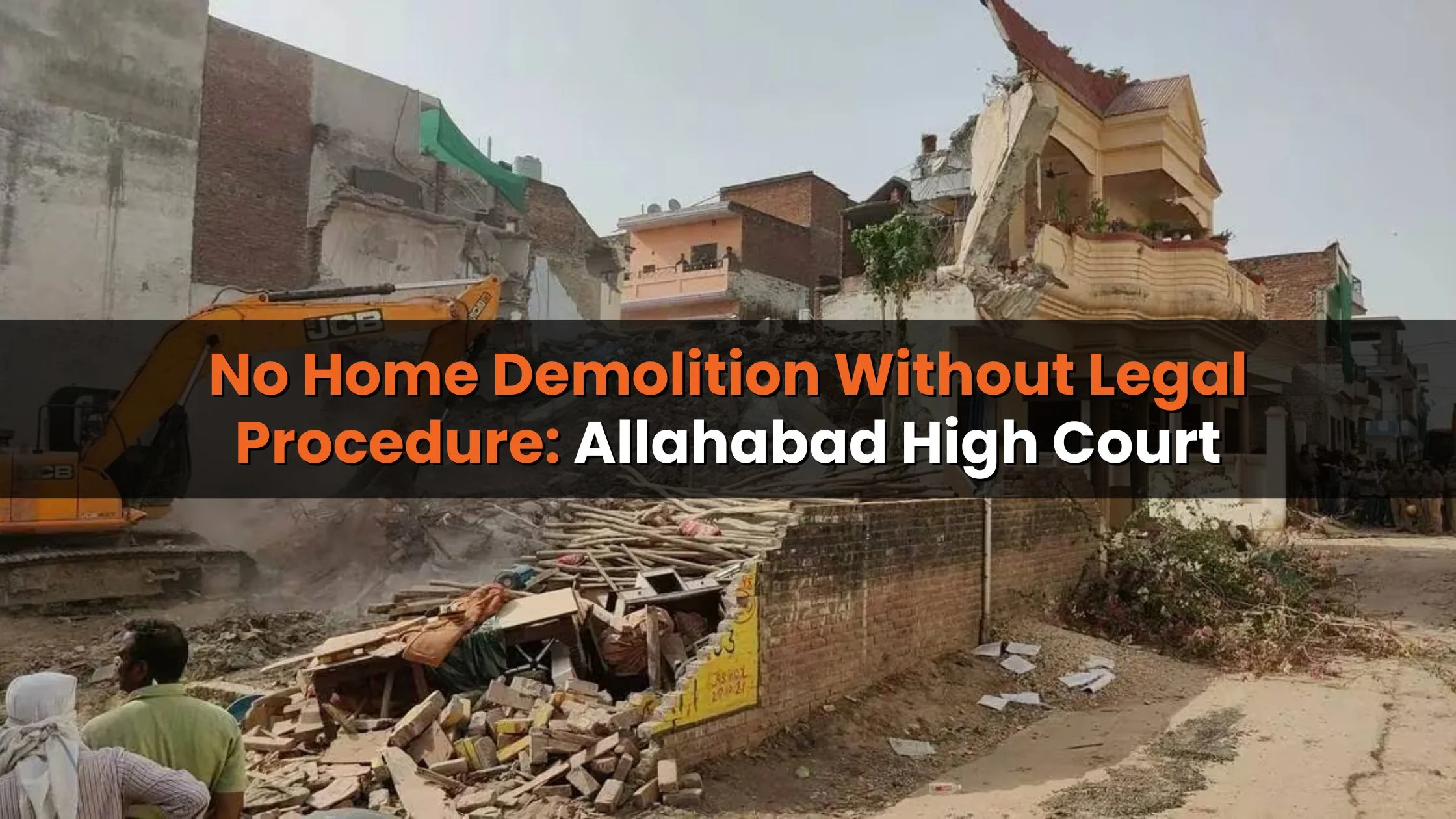Table of Content
- Key Facts About Waqf Board Portal WAMSI
- Key Features of Waqf Board Portal WAMSI
- How to Use the Waqf Board Portal WAMSI
- Waqf Board Property Validation Process
- Types of Waqf Properties in India
- Who Can Access the Waqf Board Portal WAMSI
- Digital Push by State Waqf Boards
- Major Challenges
- Benefits of Waqf Board Portal WAMSI
- Key Takeaways
- Conclusion
The Waqf Board Portal WAMSI marks a major digital transformation in how Waqf properties are managed across India. Launched on June 6, 2025, this portal, officially called the Waqf Assets Management System of India (WAMSI), aims to bring transparency, efficiency, and accountability to the administration of Waqf assets.
India has over 6 lakh registered Waqf properties, spanning nearly 6 lakh acres of land one of the largest community-owned property holdings in the world. However, the management of these assets has long been plagued by manual record-keeping, encroachments, and lack of standardization. The Waqf Board Portal WAMSI seeks to address these challenges through a unified, digitized platform accessible to all stakeholders from Waqf Boards and caretakers to legal authorities and citizens.
Key Facts About Waqf Board Portal WAMSI
|
Particulars |
Details |
|
Portal Name |
Waqf Assets Management System of India (WAMSI) |
|
Official Websites |
|
|
Launch Date |
June 6, 2025 |
|
Registration Deadline |
December 6, 2025 |
|
Designed and Managed by |
National Informatics Centre (NIC) |
|
Total Waqf Boards |
32 across 30 states |
|
Total Waqf Land |
Over 6 lakh acres |
|
Total Waqf Properties |
Over 6 lakh |
|
Estimated Annual Income Potential |
₹12,000 crore |
The government’s objective is to create a single digital ecosystem where property details, financial transactions, and legal cases related to Waqf assets can be tracked in real-time.
Also Read: The Ultimate Guide to No Due Certificates: Everything You Need to Know
Key Features of Waqf Board Portal WAMSI
The Waqf Board Portal WAMSI integrates multiple digital modules that streamline every aspect of property management:
1. Property Registration Module
Allows the digital entry of property details such as land size, ownership type, and current usage. Every registered property receives a unique 17-digit ID for traceability.
2. Litigation Management
Tracks ongoing court cases involving Waqf properties, helping boards monitor legal progress and avoid duplication of cases.
3. Mutawalli Module
Maintains verified records of Mutawallis (caretakers) responsible for managing individual Waqf assets.
4. Informative Dashboard
Displays live statistics on registered properties, revenue collection, pending verifications, and legal matters.
5. Leasing and Rent Management
Facilitates rent collection, lease renewals, and arrear tracking, improving revenue flow from leased assets.
6. GIS Mapping
Uses satellite and drone-based imagery to digitally map each Waqf property, ensuring transparency and protection against encroachments.
7. Mobile-Friendly Interface
The portal is accessible through mobile devices, making data entry and updates easier for field officials and caretakers.
8. Encroachment Reporting
Allows registered users to upload photographic or document evidence of illegal land occupation, triggering inspection or legal action.
9. Downloadable Reports
Provides downloadable analytics and progress reports for state boards and government authorities.
How to Use the Waqf Board Portal WAMSI
Registering and managing properties through the Waqf Board Portal WAMSI involves a few simple steps:
- Visit the official portal – waqf.gov.in.
- Select the relevant user type: Waqf Board Official, Legal Entity, or Mutawalli.
- Create an account using official credentials or register as a caretaker.
- Enter property details including land area, location, usage type, and income data.
- Upload supporting documents such as ownership records, Waqf deeds, and GIS maps.
- Submit the information for review. Once verified, the property is assigned a unique 17-digit identification number, making it part of the national Waqf database.
This streamlined digital workflow replaces outdated manual ledgers and enables real-time updates and monitoring.
Waqf Board Property Validation Process
Every property registered on the Waqf Board Portal WAMSI undergoes a four-stage verification system to ensure authenticity:
- Data Verification: Property details are cross-checked for accuracy.
- Document Review: Ownership papers and Waqf deeds are validated by officials.
- Site Verification: Physical or drone-based inspection confirms property existence and boundaries.
- Legal Scrutiny: Discrepancies or disputes are flagged for correction or legal resolution.
This process ensures that each property on the portal represents a verified and legally recognized Waqf asset.
Types of Waqf Properties in India
The diversity of Waqf assets across India is extensive. According to WAMSI data, they include:
- Graveyards (Qabristans): 17%
- Mosques: 14%
- Agricultural Land: 16%
- Commercial Shops and Establishments
- Residential Buildings
- Vacant Plots
- Dargahs and Mazars
- Ashoorkhanas
- Madrasas and Educational Institutions
These properties collectively form a vast real estate network supporting religious, educational, and welfare activities for communities across India.
Who Can Access the Waqf Board Portal WAMSI
The portal is designed for multi-tiered access, serving different user groups:
- Waqf Board Officials: Oversee registration, financial management, and dispute resolution.
- Mutawallis (Caretakers): Update property records and upload lease or revenue data.
- General Public: View verified information and report encroachments.
- Legal Authorities: Monitor ongoing court cases related to Waqf land.
- Government Departments: Integrate data for planning, compliance, and auditing.
This open-access model enhances transparency while maintaining data integrity.
Digital Push by State Waqf Boards
Several state boards are leading the digital transition under the Waqf Board Portal WAMSI initiative.
The Telangana Waqf Board, for instance, has digitised nearly 85,000 institutions spread across 77,000 acres. It has trained local Mutawallis through the UMEED digital platform to handle property registration and updates.
However, challenges remain limited digital literacy among caretakers, connectivity issues in rural areas, and pending court rulings on ownership have slowed the pace of digitisation. As a result, a few state boards have sought extensions to the December 6, 2025 registration deadline.
Major Challenges
While the Waqf Board Portal WAMSI represents a major technological leap, several practical challenges persist:
- Technological Barriers: Many caretakers and local administrators lack the necessary digital skills.
- Portal Complexity: Initial feedback suggests the interface could be simplified for first-time users.
- Legal Uncertainty: Some Waqf land disputes remain unresolved, delaying digital registration.
- Data Accuracy: Legacy records often contain inconsistencies or incomplete entries.
Addressing these issues through training, legal reforms, and portal optimization will be key to achieving full success.
Also Read: Power of Attorney for Property in India: A Complete Legal Guide 2025
Benefits of Waqf Board Portal WAMSI
The Waqf Board Portal WAMSI provides tangible benefits to all stakeholders:
- Ensures transparency and accountability in property management.
- Streamlines digital recordkeeping and reduces manual errors.
- Enables real-time monitoring of financial transactions and leases.
- Prevents encroachments through GIS-based mapping.
- Improves revenue generation from commercial and residential leases.
- Empowers Mutawallis and Waqf Boards with digital tools for better asset control.
By creating a unified digital ecosystem, the portal enhances both governance and community trust.
Key Takeaways
- Over 6 lakh Waqf properties are now being digitised nationwide.
- The Waqf Board Portal WAMSI introduces a centralised, transparent, and data-driven approach.
- GIS mapping and legal integration will ensure better protection and utilisation of Waqf assets.
- Once fully implemented, the system could unlock an estimated ₹12,000 crore in potential annual income for community development.
Conclusion
The Waqf Board Portal WAMSI stands as a cornerstone of India’s digital governance reforms. By digitising centuries-old Waqf records, the initiative ensures transparency, accountability, and protection of valuable community assets.
Beyond property management, WAMSI represents a step toward empowering local caretakers, strengthening community institutions, and securing resources for educational and welfare purposes. As state boards continue to digitise and validate their assets, the portal is expected to redefine how Waqf properties are managed ensuring that every acre of Waqf land serves its intended purpose for future generations.







_1765272256.webp)



Ans 1. WAMSI, or the Waqf Assets Management System of India, is a digital platform launched on June 6, 2025, to manage Waqf properties across India efficiently. It aims to bring transparency, streamline records, and improve accountability for Waqf assets.
Ans 2. The portal is designed and managed by the National Informatics Centre (NIC) in collaboration with the 32 Waqf Boards across 30 states.
Ans 3. The portal includes graveyards, mosques, agricultural land, commercial shops, residential buildings, vacant plots, dargahs, ashoorkhanas, madrasas, and other community assets.
Ans 4. Access is tiered for Waqf Board officials, Mutawallis (caretakers), legal authorities, government departments, and the general public. Officials can manage records, caretakers update property details, while the public can view verified data and report encroachments.
Ans 5. Users enter property details, upload documents, and submit them for review. Properties undergo four-stage verification: data verification, document review, site verification, and legal scrutiny, after which each property gets a unique 17-digit ID.
Ans 6. The portal includes property registration, litigation management, Mutawalli tracking, GIS mapping, lease and rent management, encroachment reporting, downloadable reports, and a mobile-friendly interface.
Ans 7. Challenges include limited digital literacy among caretakers, portal complexity, pending legal disputes over Waqf land, and inconsistencies in legacy records.
Ans 8. WAMSI ensures transparency, reduces manual errors, enables real-time monitoring, prevents encroachments, improves revenue collection, and empowers Waqf Boards and caretakers with digital tools.
Ans 9. Once fully digitized and optimally managed, Waqf properties are estimated to generate around ₹12,000 crore annually for community welfare and development.
Ans 10. All properties should be registered on the portal by December 6, 2025, though some state boards have requested extensions due to practical challenges.